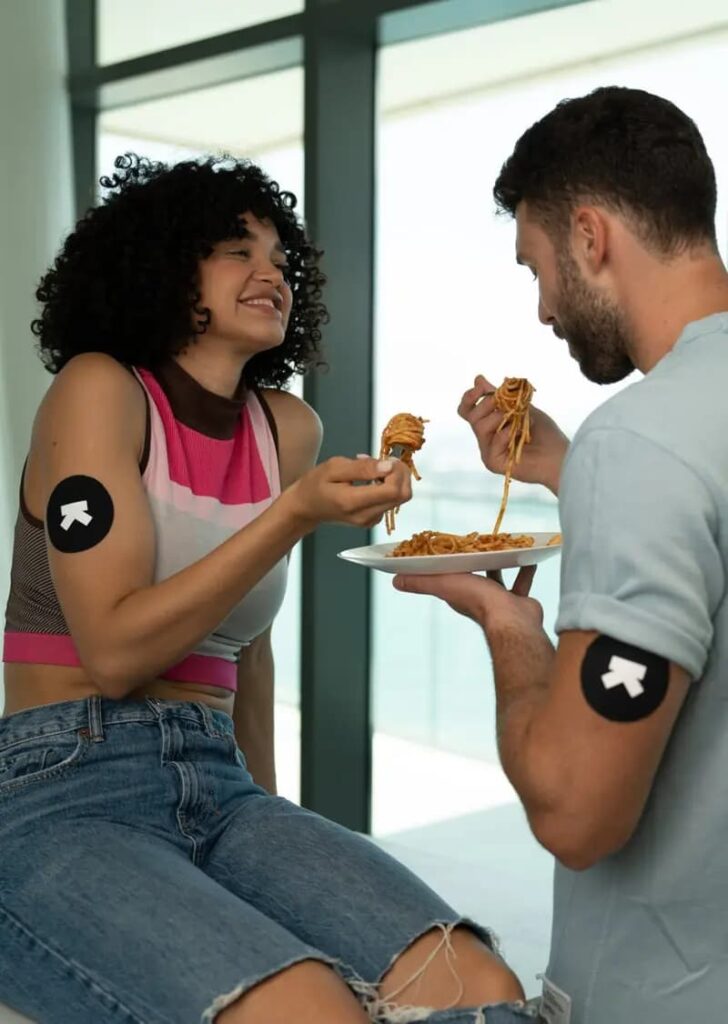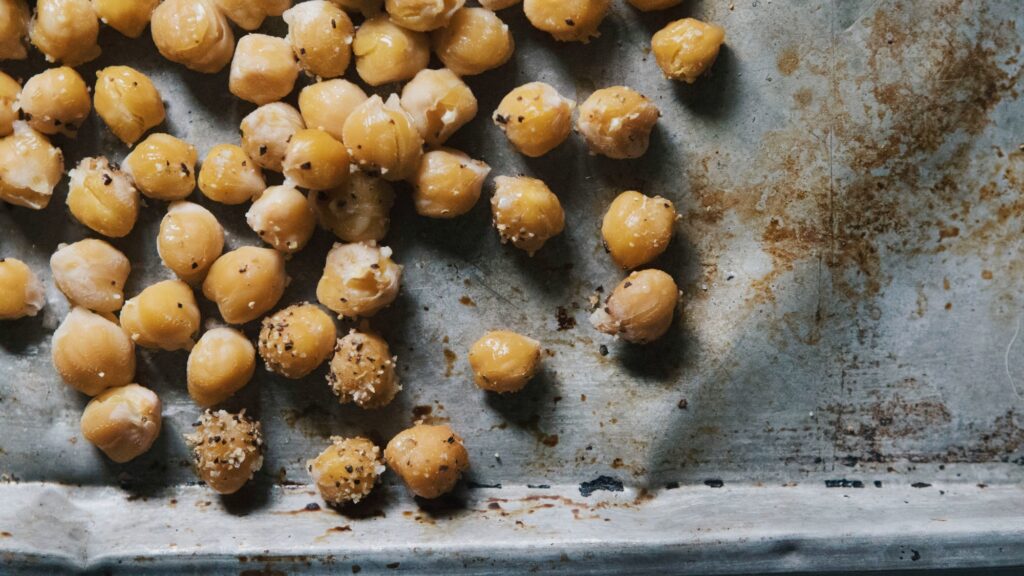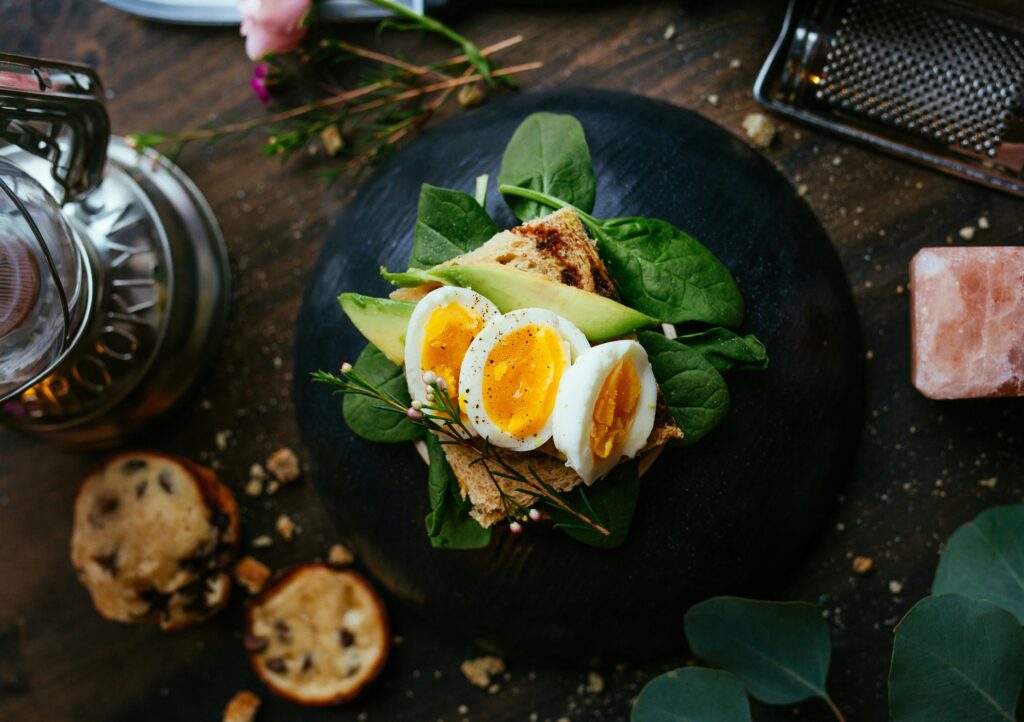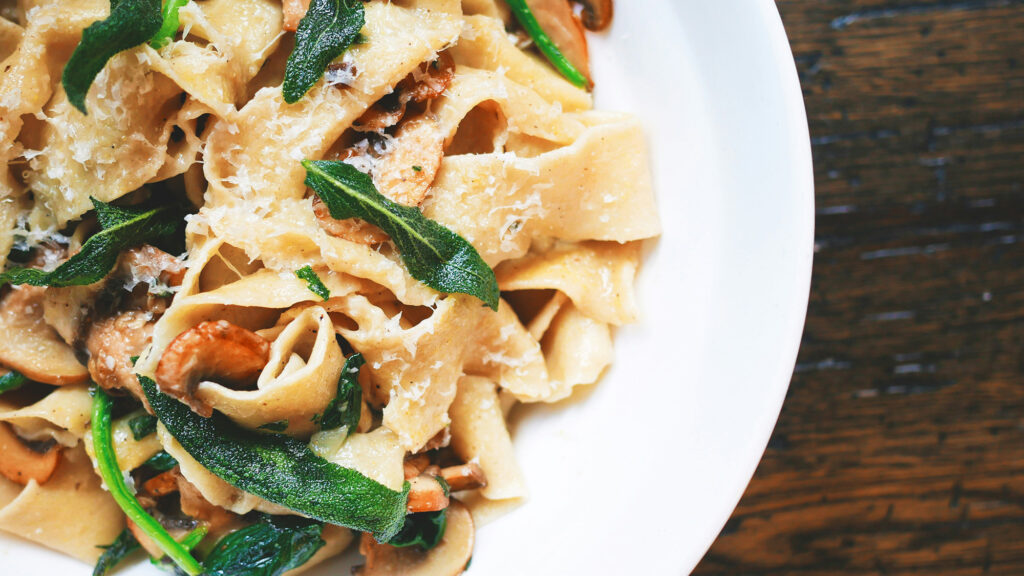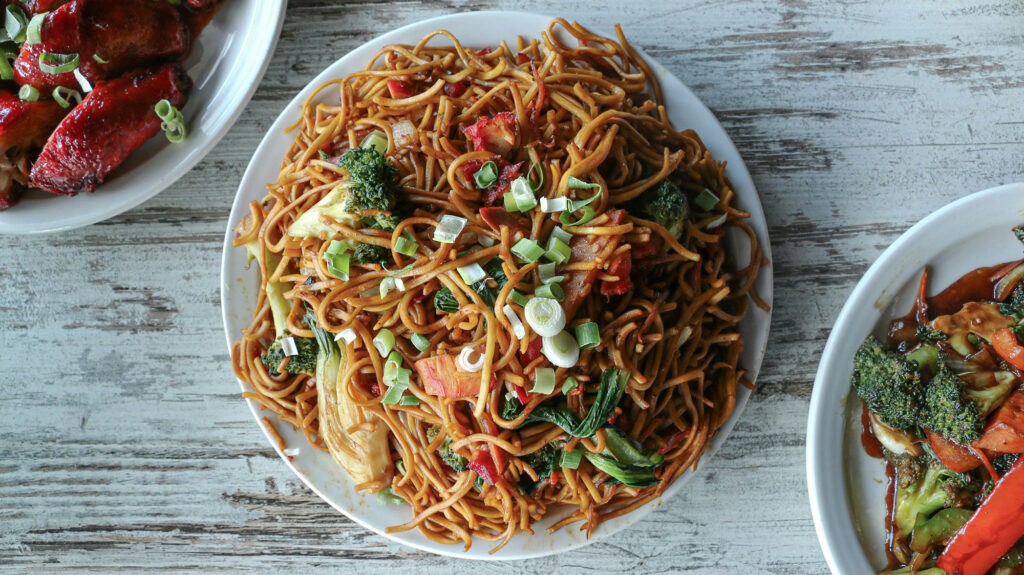Chickpeas (sometimes called garbanzo beans) boast a low glycemic index (GI). But they do have carbohydrates, and Ultrahuman user data shows they can contribute to increased blood glucose levels in some people.
However, the legumes are also high in fibre and protein, which can help regulate blood sugar levels by slowing down glucose absorption into the bloodstream.
It’s a fine balancing act. In this guide, we explain how chickpeas can affect your body and how to minimize spikes.
Why chickpeas work
What makes chickpeas unique is their composition. They’re a carbohydrate source, yes – but unlike refined grains or starchy vegetables, chickpeas digest slowly.
They have a low glycemic index thanks to a high fiber content and a moderate amount of protein. These factors combine to blunt post-meal glucose spikes by slowing the rate at which sugar enters the bloodstream.
A recent meta-analysis found that chickpeas significantly reduced the post-meal glucose response when compared to foods like potatoes and wheat. Another controlled study showed that combining chickpeas with a high-GI food like white rice led to a more favourable glycemic profile than eating the rice alone.
What Ultrahuman data shows
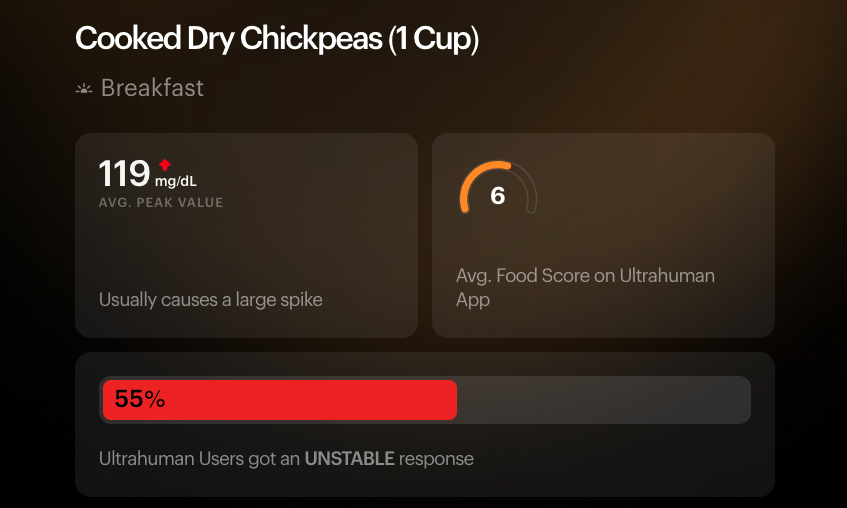
Ultrahuman’s own data from the Open Glucose Database paints a more nuanced picture. Cooked dry chickpeas receive a moderate score of 6/10, indicating that while they’re better than most refined carbohydrates, they’re far from spike-proof.
The average glucose response among users shows a small peak at 119 mg/dL, and 55% of users recorded a spike after eating chickpeas. The spike is usually modest, but it’s real.
The takeaway isn’t to avoid chickpeas – it’s to understand that context matters. When chickpeas are eaten in isolation or in large quantities, they’re more likely to push glucose upward.
But when combined with other elements that slow digestion – fats, fibrous vegetables, or fermented foods – the glucose curve tends to flatten. That’s why user-specific outcomes vary so widely in the Ultrahuman dataset: the meal, the portion, and the pairing all matter.
How to make chickpeas work for you
Eating chickpeas as part of a mixed meal – say, a bowl with leafy greens, fermented foods, and olive oil – can help sustain energy and flatten the glucose response. Adding fats such as paneer can also slow absorption even further, flattening the spike.
Avoid heavily processed chickpea products, like chips or deep-fried fritters – can strip away the metabolic benefits. Portion control is also critical – so keep to 30g of chickpeas and you’ll likely avoid any spikes.
The takeaway
Chickpeas aren’t just cheap, filling, and versatile – they’re one of the most blood-sugar-friendly carbohydrate sources you can eat.
Their combination of fiber, protein, and resistant starch gives them a metabolic edge over typical grains and starches.
Backed by both scientific research and user data, chickpeas are an easy win for anyone looking to balance energy, reduce spikes, and stay fuller for longer.


